1. STUDYING: What is your favorite book or series for sermon prep or study? Or have you moved from books to on-line tools for your personal study?
I still love all four volumes of The Gospel in Solentimane, and also truly appreciate the extensive and intensive range of online resources. Since currently I'm doing more design than theology, if I'm in a software or layout or coding quandary, I usually find a solution online.
2. IN THE QUEUE: Do you have a queue of books you are longing to read or do you read in bits and pieces over several books at a time? What's in the queue?
I have a couple of books from Mike Morrell's new Speakeasy reviewer's bureau waiting for my attention; I also have at least a half-dozen others in various categories I've barely opened.
3. FAVORITE OF ALL TIME: What's one book that you have to have in your study? Is it professional, personal, fun or artistic?
My keeper categories include some classic urban/city-related books; a few art books with full-color illustrations (I gave away just about all the art books with exclusively B&W pictures); some graphic design specials; everything by Walter Brueggemann I've ever bought (incurable Brueggemaniac here!); quite a few in the cat-related category.
4. KINDLE OR PRINT? or both? Is there a trend in your recent purchases?
For books I think I'll reread, print for sure, but otherwise e-books rock. Especially if they're free!
5. DISCARDS: When's the last time you went through your books and gave some away (or threw some away?) Do you remember what made the discard pile?
I've been making a list of books I've recycled in our community book exchange; recent donations include about a dozen (duplicates!) Crayola coloring books; Jonathan Edwards, Basic Writings; The Parables of the Kingdom – C.H. Dodd; Rediscovering the Teaching of Jesus – Norman Perrin; Fear and Trembling / The Sickness Unto Death – Kierkegaard; Purity of Heart Is To Will One Thing – Kierkegaard; Moral Man and Immoral Society – Reinhold Niebuhr; The Nature and Destiny of Man – Reinhold Niebuhr; The Destiny of Man – Nicolas Berdyaev; Radical Monotheism and Western Culture – H Richard Niebuhr…
BONUS: Post a picture of the present state of your study.
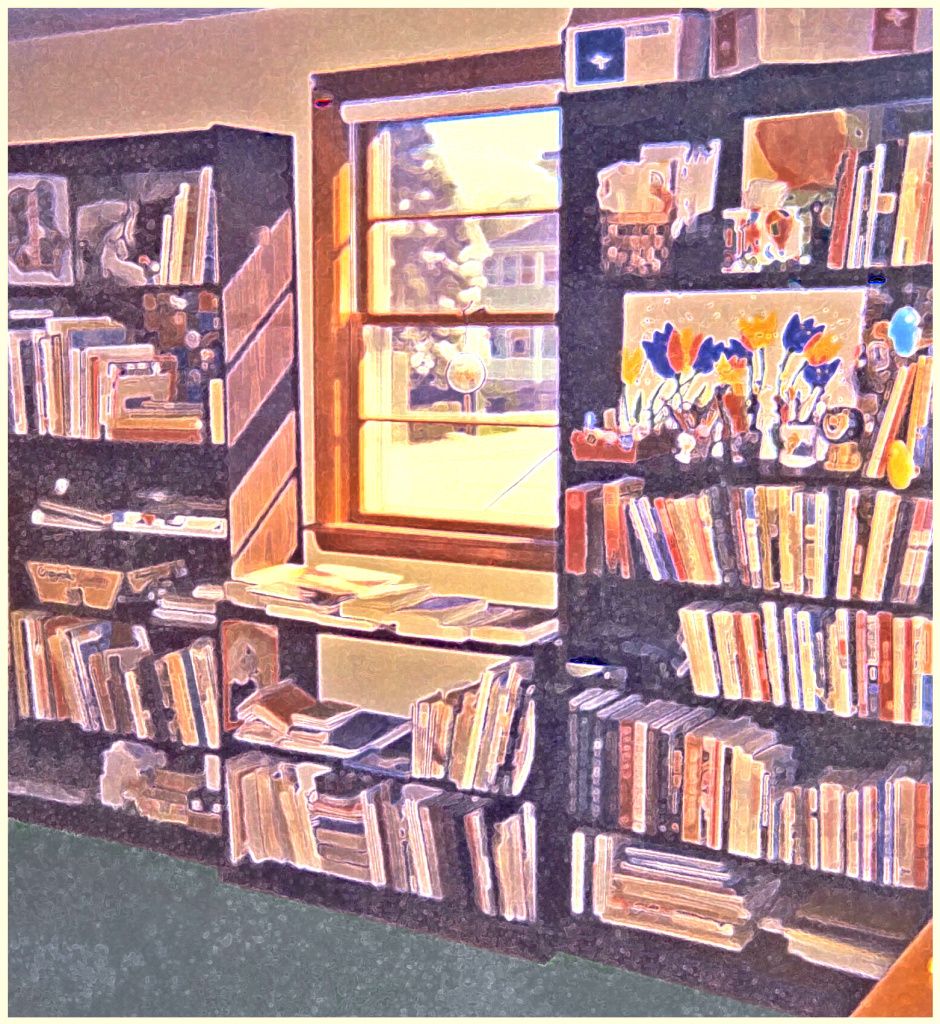
I need to take a current pic, but I love this one from one of the parsonages where I lived! Technically it's the dining room; eventually the only other furniture in the room was a 9-drawer chest I bought unfinished at our church thrift store and colorblocked… need to get a current pic of that, too.

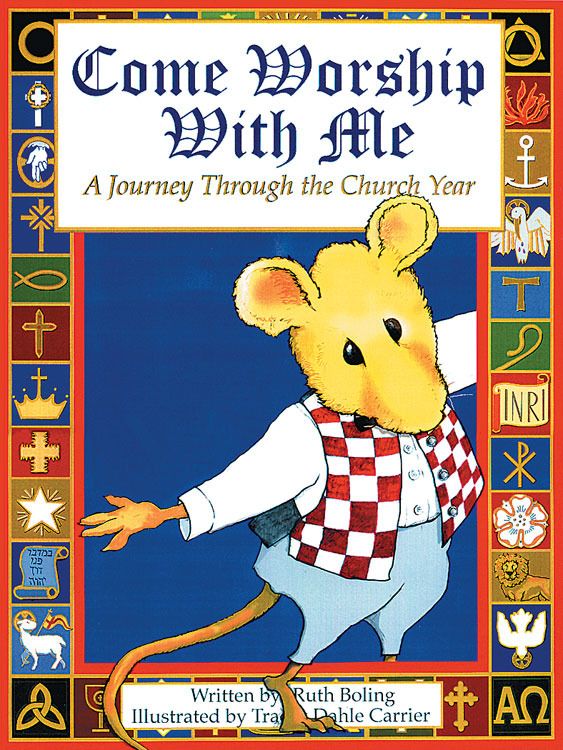 Come Worship With Me is a big, bright, coffee-table sized book for kids of any age and for adults who want to learn more about journeying through a liturgical year from Advent to Advent. Pastor Ruth Boling wrote the text; Tracey Dahle Carrier designed the pictures; Geneva Press published it. Your church library, preschool library, and kids' bookshelf all need this book!
Come Worship With Me is a big, bright, coffee-table sized book for kids of any age and for adults who want to learn more about journeying through a liturgical year from Advent to Advent. Pastor Ruth Boling wrote the text; Tracey Dahle Carrier designed the pictures; Geneva Press published it. Your church library, preschool library, and kids' bookshelf all need this book! 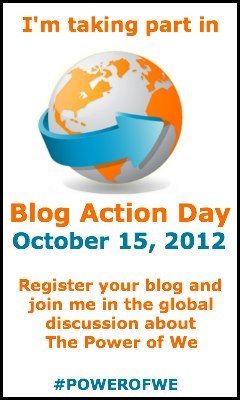

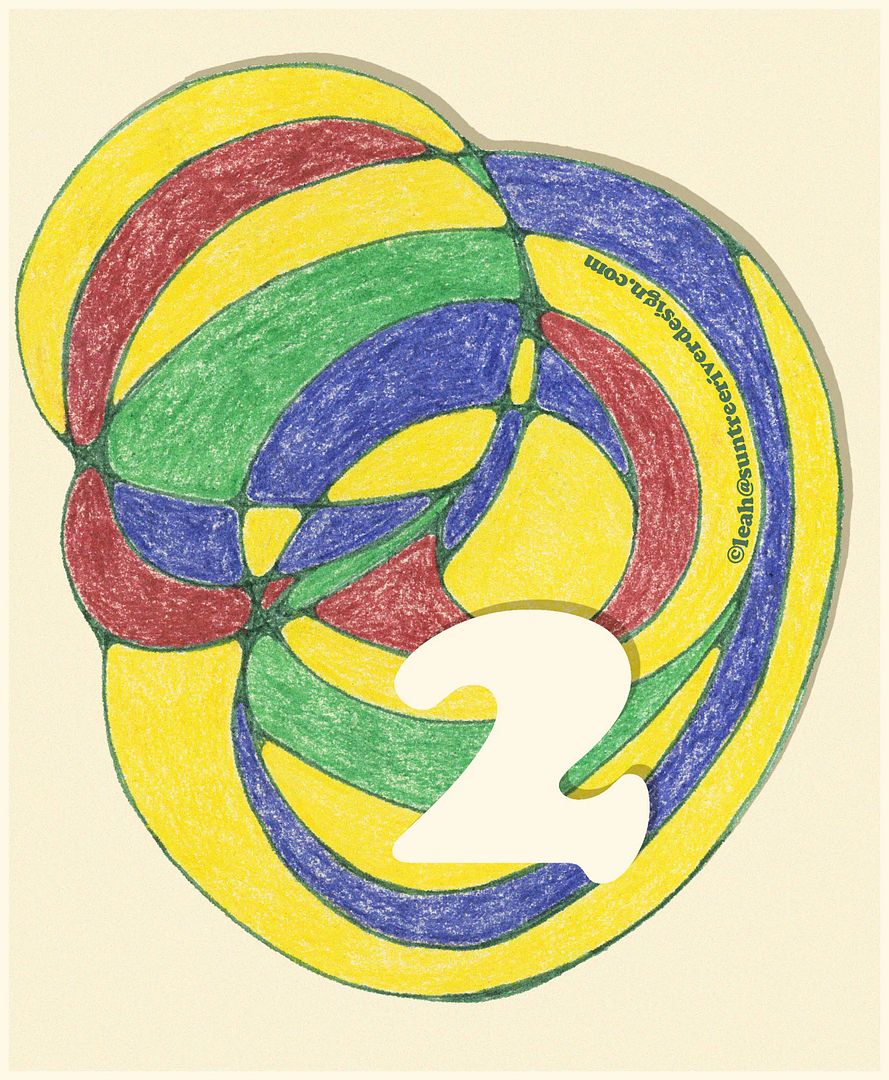
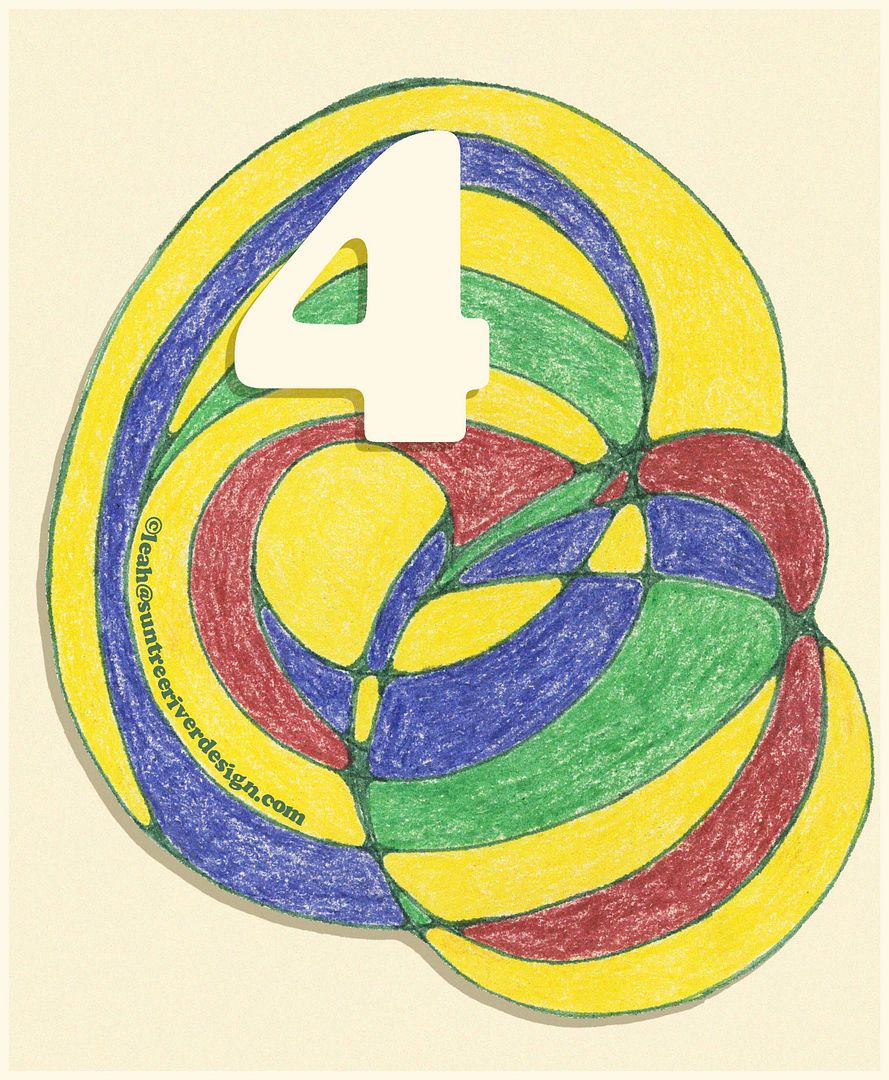
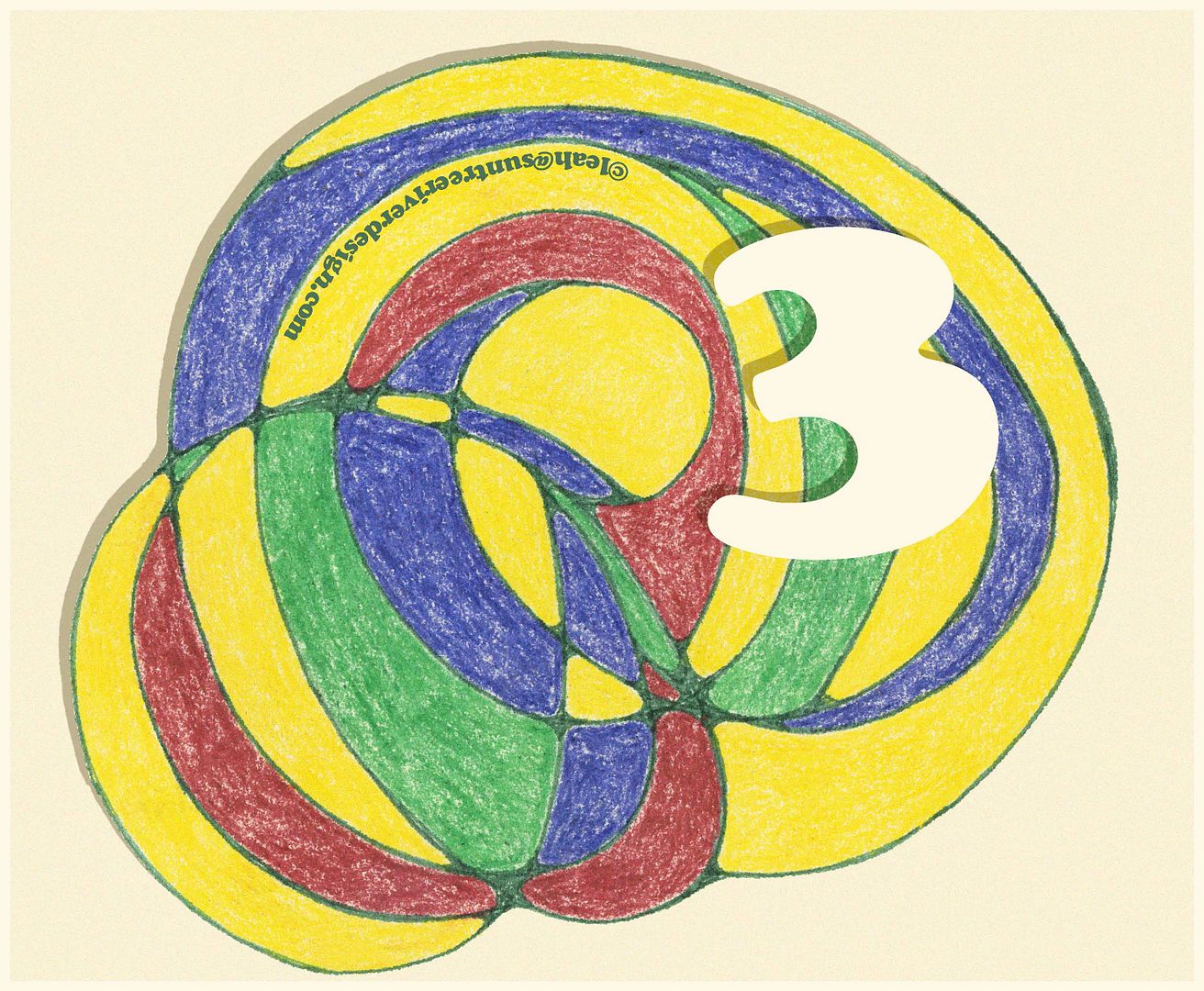
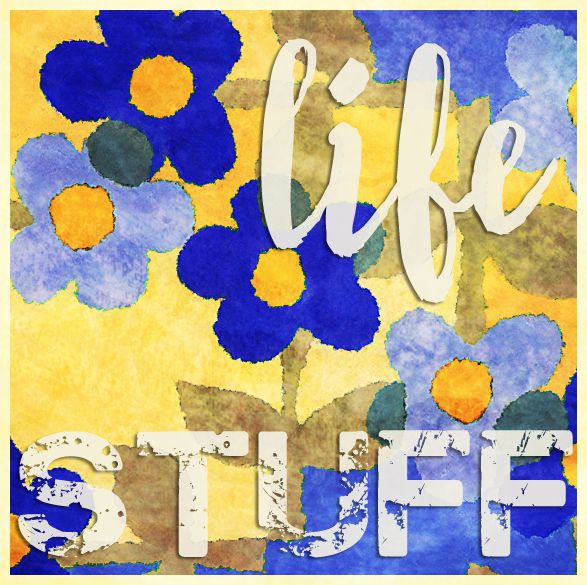
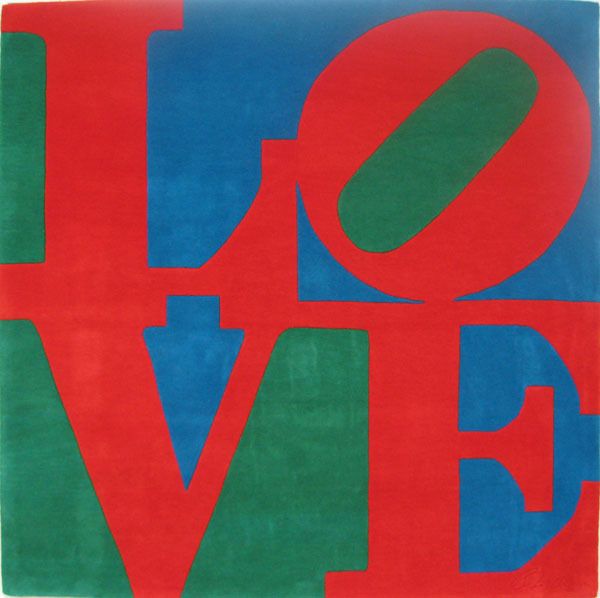 3. For public art, I still love Robert Indiana's LOVE sculpture. I'll give a shoutout to my own contest-winning street banner from last winter.
3. For public art, I still love Robert Indiana's LOVE sculpture. I'll give a shoutout to my own contest-winning street banner from last winter. 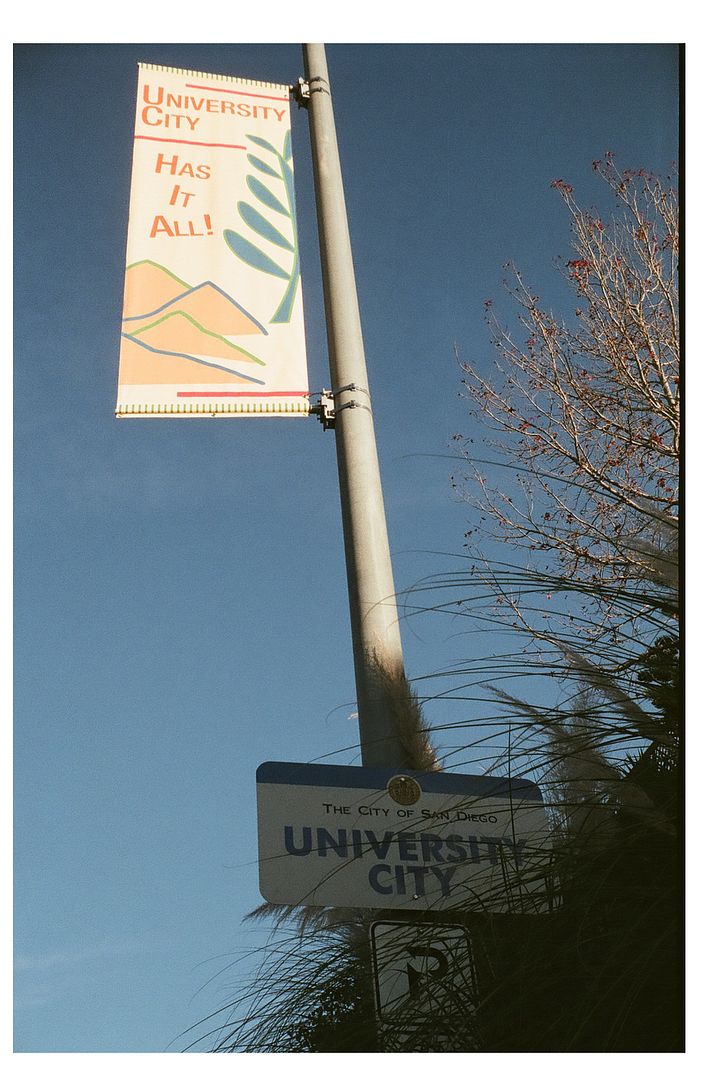

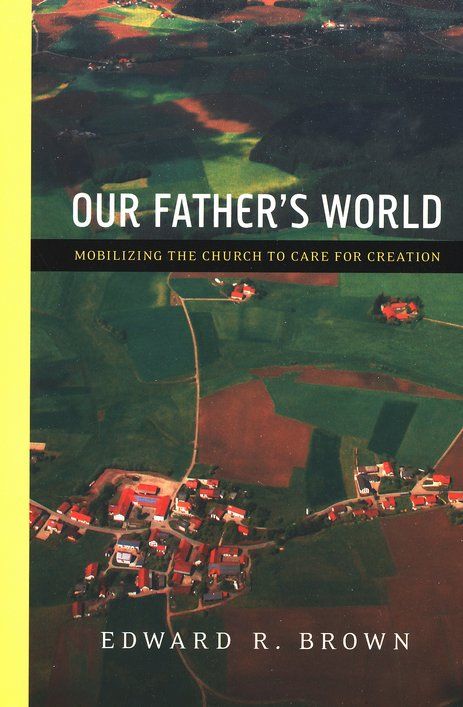 With fewer than 200 pages, Our Father's World is a handbook individuals, groups, classes, or committees could study to increase their own awareness and participation in caring for all creation as well as helping create opportunities for others around them to do so. Ed Brown cautions us the environmental crisis is a crisis of population, of prosperity, of poverty, and of spirituality. He essentially writes from and to a North American context, yet clearly describes an interdependent world where contentment with micro living space in one city effectively may degrade waters and forests in another country some distance away. Although he does not propose a one-size-fits-all creation care and environmental stewardship solution, the author wisely says we need to get beyond apparent symptoms. He describes creation as "sacred" rather than divine [page 49], creation itself as sacred worship space—a theme presented at several points in the book. I especially enjoyed chapter 8 on "Creation-Caring Worship," with suggestions as to how we can sing and pray alongside creation.
With fewer than 200 pages, Our Father's World is a handbook individuals, groups, classes, or committees could study to increase their own awareness and participation in caring for all creation as well as helping create opportunities for others around them to do so. Ed Brown cautions us the environmental crisis is a crisis of population, of prosperity, of poverty, and of spirituality. He essentially writes from and to a North American context, yet clearly describes an interdependent world where contentment with micro living space in one city effectively may degrade waters and forests in another country some distance away. Although he does not propose a one-size-fits-all creation care and environmental stewardship solution, the author wisely says we need to get beyond apparent symptoms. He describes creation as "sacred" rather than divine [page 49], creation itself as sacred worship space—a theme presented at several points in the book. I especially enjoyed chapter 8 on "Creation-Caring Worship," with suggestions as to how we can sing and pray alongside creation.